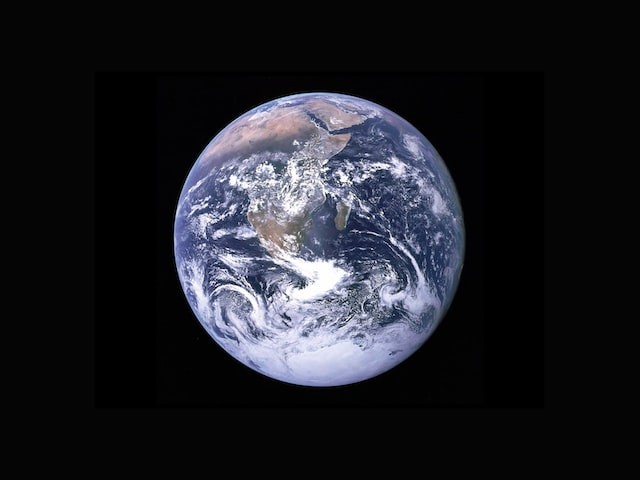A global team of experts has hypothesized that the abrupt global warming event that occurred 56 million years ago may have been caused by changes in the Earth's orbit that led to hotter circumstances.
t is thought that this occurrence, known as the Paleocene-Eocene Thermal Maximum (PETM), is comparable to current climate change.

Paleocene-Eocene Thermal Maximum
According to Lee Kump, professor of geosciences at Penn State University, "the Paleocene-Eocene Thermal Maximum is the closest thing we have in the geologic record to anything like what we're seeing now and may experience in the future with climate change." Our research tackles significant issues about what caused the event and the rate of carbon emissions. There has been a great deal of interest in better understanding that history.
The scientific team used astrochronology, a technique for dating sedimentary layers based on orbital patterns that occur over long periods of time, known as Milankovitch cycles, to examine core samples from a well-preserved record of the PETM close to the Maryland shore.
They discovered that the eccentricity-a measure of the curvature of Earth's orbit-and the precession-a measure of its rotation-favored hotter circumstances during the start of the PETM and that both orbital configurations may have had a role in setting off the event.
Also Read: UN Warns that Major Glaciers May Disappear by 2050
Orbital Trigger
According to Kump, the John Leone Dean in the College of Earth and Mineral Sciences, "An orbital trigger may have led to the carbon release that caused several degrees of global warming during the PETM as opposed to what's a more popular interpretation at the moment that massive volcanism released the carbon and triggered the event."
Tens of thousands of years have been put up as estimations. According to the experts, the timing is crucial to comprehend the pace at which carbon is released into the atmosphere.
The study's lead author, Mingsong Li, an assistant professor in the School of Earth and Space Sciences at Peking University and a former assistant research professor of geosciences at Penn State, said that it "allows us to refine our carbon cycle models to understand better how the planet reacts to an injection of carbon over these timescales and to narrow down the possibilities for the source of the carbon that drove the PETM."
One and a half gigatons of carbon were released annually, according to a 6,000-year beginning and estimate that 10,000 gigatons of carbon were released into the atmosphere as the greenhouse gases carbon dioxide or methane.
According to Kump, there should be some worry since such rates are almost an order of magnitude slower than the current pace of carbon emissions. In comparison to our estimations of emissions during this geological event that occurred 56 million years ago, we are now generating carbon at a 5 to 10 times greater pace.
The researchers utilized data from a time series examination of the magnetic susceptibility and calcium content in the cores, which are indicators of changes in orbital cycles and may be used to infer the pace of the PETM.
Impacting Climate Change
Because of gravitational interactions with the sun and other planets in the solar system, Earth's orbit fluctuates in predictable, calculable ways. The climate is affected by these variations in the amount of sunlight that reaches Earth and its geographic distribution.
The fact that these orbital variations impact climate, according to Kump, explains why they are reflected in the geologic record. And that impacts the productivity of both marine and terrestrial creatures, the amount of rainfall, the rate of continental erosion, and ultimately the amount of sediment transported into the ocean.
Related Article: "We Are Nearing Irreversible Climate Breakdown," Alarming Climate Study Claims
For Environmental News, don't forget to follow Nature World News!
© 2024 NatureWorldNews.com All rights reserved. Do not reproduce without permission.

![Tsunami Hazard Zones: New US Map Shows Places at Risk of Flooding and Tsunamis Amid Rising Sea Levels [NOAA]](https://1471793142.rsc.cdn77.org/data/thumbs/full/70325/280/157/50/40/tsunami-hazard-zones-new-us-map-shows-places-at-risk-of-flooding-and-tsunamis-amid-rising-sea-levels-noaa.jpg)



